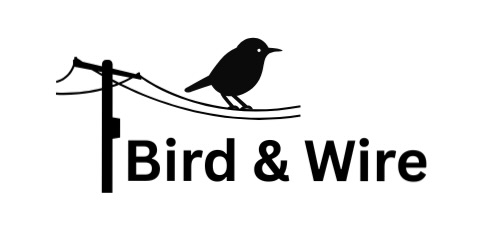We’ve all heard it before in the workplace: the invitation to “Think outside the box!” This cliché has been thrown around in workplaces for years as if it’s the magic solution to all problems. But let’s be real—asking people to think outside the box is a ridiculous request. Why would anyone think people should only be creative in the workplace when invited? It’s time we stopped using this phrase and rethought how to establish a culture that encourages and values a culture of continuous creativity in the workplace.
The what and why of creativity in the workplace
Creativity in the workplace means coming up with new, innovative ideas and solutions that add value and foster progress. It’s about challenging the status quo, thinking critically, and approaching problems from fresh perspectives.
Creativity is not just about artistic expression or thinking abstractly à la Wassily Kandinsky; it’s about practical innovation that improves processes, products, and services.
A creative workplace is crucial because it fosters an environment where employees feel empowered to share ideas, take risks, and collaborate, leading to continuous improvement and a competitive edge.
Workplaces need to foster a creative environment because it enhances problem-solving capabilities, boosts employee engagement, and drives growth and adaptability in an ever-changing world. It also contributes to greater employee satisfaction.
In short, creativity is not just about being different for the sake of it; it’s about making meaningful, impactful changes that propel the organisation forward
The problem with the box
First off, let’s talk about the “box.” When we tell employees to think outside the box, we’re essentially admitting that the workplace is a restrictive environment where people are confined. The box isn’t just a silly metaphor; it’s a reflection of a potentially toxic culture. If creativity can only happen “outside” the box, then we’re doing something fundamentally wrong inside it.
Creativity Should Be the Norm
Creativity shouldn’t be an occasional act of rebellion against workplace norms or something we do when given permission. It should be woven into the fabric of everyday work life. Instead of telling people to step out of the box, we need to eliminate the box altogether. This means creating a culture where creative thinking is part of the daily routine, not a special event, invitation, or instruction about how to think. Let’s be real: solving problems with the same thinking that created the problem is dumb –inviting people to think outside the box on special occasions is as logical as trying to herd cats.
Trust and Autonomy
The bit that squeezes my loins is that the invitation to think outside the box implies that employees don’t have control or aren’t always trusted to be creative on their own. This is a huge problem. Trust and autonomy are key to fostering an environment where innovation thrives. When employees feel trusted and empowered, they naturally come up with creative solutions without being prompted.
Building a Culture of Creativity
So, how do we build this culture of creativity? I am not an expert, but here are a few are a few practical steps:
- Encourage colleagues to share thoughts and ideas: Create a working environment that encourages employees to share their creative ideas without fear of judgment. Keep in mind, creativity is subjective.
- Have a clear mandate that encourages creative thinking and provides a rationale for promoting creativity in the workplace.
- Provide Resources and Support: Ensure employees can access resources to experiment and innovate. Try not to stifle creativity by saying things such as “I’ve seen that before and it didn’t work”. Innovation is contextual and just because it did not work in one place does not mean you can apply that to every context.
- Recognise innovation as an opportunity, not a threat. The creative thinkers on the team can threaten some leaders. Some leaders fear they might stabilise operations or undermine the team leader’s work. By fostering a creative environment, you provide a safe place for people to be innovative, and it is recognised that their innovation comes from a motivation to better the workforce, not to undermine anyone else on the team.
- Create an open environment for ideas: Build the confidence that ideas can be shared and explored rather than judged and ridiculed. Creative people need the right environment to thrive.
- Foster Collaboration: Encourage teamwork and cross-functional collaboration. Harness the collective wisdom of colleagues to arrive at innovative solutions.
- Lead by Example: Managers and leaders should model creative thinking and show that it’s valued at all levels of the organisation.
Conclusion
Let’s stop telling people to think outside the box. Instead, let’s focus on creating a work environment where creativity is the norm, not the exception. By building a culture of trust and autonomy, we can eliminate the box and make creative thinking a natural part of everyday work life. It’s time to move past the clichés and foster an environment where innovation thrives organically.
Leadership is key to cultivating a creative workplace. It is paramount that leaders do not act as gatekeepers of innovation. They must embrace humility and openness, recognise that creativity flourishes in an environment of trust and shared discovery, and welcome the diverse perspectives that are essential for true innovation.

